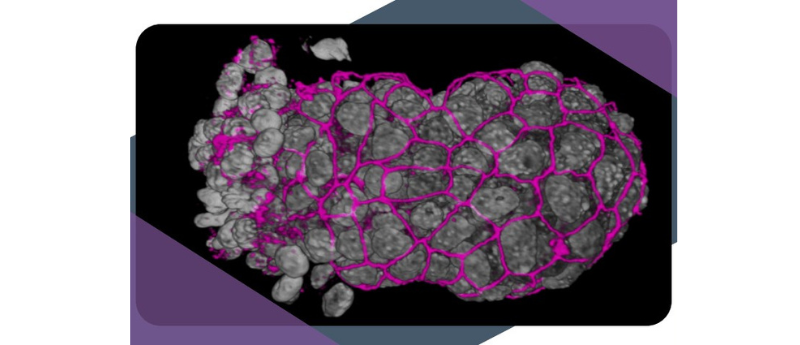eBook: Single cell transcriptomics

This eBook provides an insight into the breadth of topics impacted by the development of single-cell transcriptomics, alongside critical tips for sample preparation for the generation of single-cell transcriptomic data and its subsequent analysis. Discover techniques for isolating individual cells suitable for single-cell RNA sequencing analyses from intramedullary canal tissue, learn about the analysis of single-cell transcriptome data for identifying immunoglobulin classes and the projects utilizing single-cell transcriptomic data to make fascinating new discoveries.
Contents:
- Introduction
- News: Single-cell sequencing provides new wisdom about our teeth
- Tech News: Frozen tissues and Tabula Sapiens: the latest discoveries using single-cell transcriptomics from the Human Cell Atlas
- Infographic: Single-cell analyses: top tips for sample preparation and informatics
- Benchmark: Comparison of optimized methodologies for isolating nuclei from esophageal tissue
- Benchmark: Rapid microfluidic isolation of virally infected primary bronchial epithelial cells for single-cell RNA sequencing
- Report: Assigning immunoglobulin class from single-cell transcriptomes in IgA1-secreting versus membrane subpopulations
- Webinar: Using single-cell approaches to investigate early embryonic development
The advent of single-cell sequencing has revolutionized the transcriptomics space, allowing researchers to delve deeper into cell properties like gene expression than previous methods, which simply provided ensemble average measurements of all the cells in a sample. The technique has had such an impact that it has been recognized as Nature’s Method of the Year twice in one decade; it was first awarded for its initial development in 2013 and then for the addition of multimodal omic capabilities
in 2019.
Despite the meteoric rise of this technique, significant challenges remain: vast amounts of data are produced by these studies, which can be challenging to analyze and interpret. The collection of single-cell data; therefore, has to go hand-in-hand with the tailored use of machine learning methods that drive the generation of hypotheses and the design of validation experiments. Sample preparation for these single-cell studies can also be exacting and require sophisticated methods to isolate and extract
RNA for analysis.